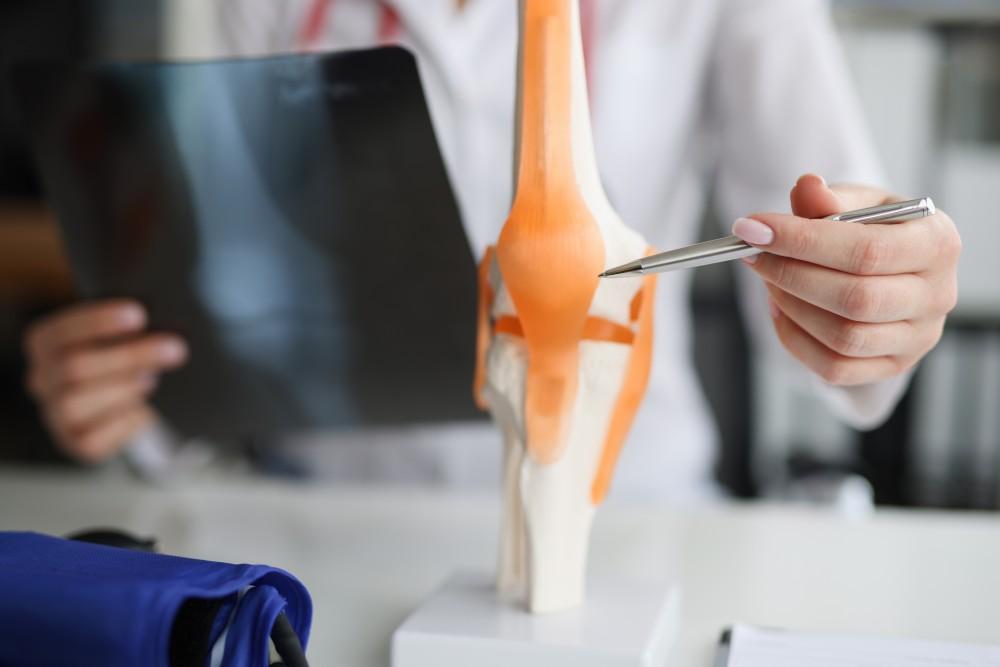Broken Bones: Understanding Fracture Types and Surgical Solutions
No matter where in your body you break — or fracture — a bone, it requires expert care to heal properly. In some cases, that can mean reducing activity to lessen strain on the bone, an approach often seen with stress fractures in athletes.
When bones completely break or even shatter, the care can become far more involved and necessitate surgery.
As a skilled trauma surgeon, Dr. Jared Tadje has seen all types of bone fractures at Tadje Orthopaedics in Meridian, Idaho. And, when possible, he uses nonsurgical techniques to treat them.
But when they demand advanced care, Dr. Tadje turns to surgical treatments to ensure optimal healing. In this blog, he explains the different types of fractures and surgical methods for addressing them.
How Fractures Vary
Your bones may be strong, but they can only handle so much before they snap under the pressure. In an ideal world, the bone would break cleanly in two. In reality, fractures can be far more complex, especially if a traumatic event like a car accident or fall led to the injury.
Types of fractures typically include:
-
Stable: Where the broken bone pieces line up almost seamlessly.
-
Open (Compound): When skin near the break is also broken, possibly with underlying bone visible.
-
Transverse: Where the bone breaks horizontally.
-
Oblique: A fracture with angled patterns.
-
Comminuted: In which the bone shatters into at least three pieces.
Whether you have a stable or comminuted fracture, Dr. Tadje needs to restore ideal alignment for the bone to mend properly. Then the bones need to stay in this position long enough for the break to heal.
Depending on the type and location of the break, you could need surgery to provide the best results.
Treating Fractures With Surgery
In some cases, a cast, splint, or brace provides sufficient support and stability while a fracture heals. At other times, Dr. Tadje must perform surgery to repair the area.
Surgical treatments for fractures often include internal fixation, external fixation, arthroplasty, or bone grafting.
Internal Fixation
Internal fixation involves repositioning the broken bones and securing them in place with special screws, metal plates, wires, pins, or rods. These devices hold the fracture in their ideal position during the healing process.
Dr. Tadje may leave the internal fixation devices in place permanently or remove them at a later date.
External Fixation
External fixation also involves special pins, screws, and rods. But Dr. Tadje inserts them above and below the break and connects them to a metal stabilizing bar outside your body while you heal.
Dr. Tadje might use this method if you have a complex fracture with significant soft tissue damage. In many cases, he moves forward with internal fixation after your fracture has time to heal.
Arthroplasty
When you fracture a joint, Dr. Tadje could recommend arthroplasty. This surgical repair involves removing the damaged joint and replacing it with artificial components that function and move like a natural joint.
Bone Grafting
Finally, in fractures with severe damage or that don’t heal properly, Dr. Tadje could perform bone grafting. This process involves adding bone tissue to the break site and securing it in place with internal fixation.
Recovery from a fracture can take weeks and even months. But with Dr. Tadje’s skill and experience in orthopaedic surgery, you can rest easy knowing you’re in the best hands for your fracture care.
Did you break a bone? Schedule a consultation with Dr. Tadje at Tadje Orthopaedics to ensure the best outcomes for your recovery by calling 208-515-2654 today.

